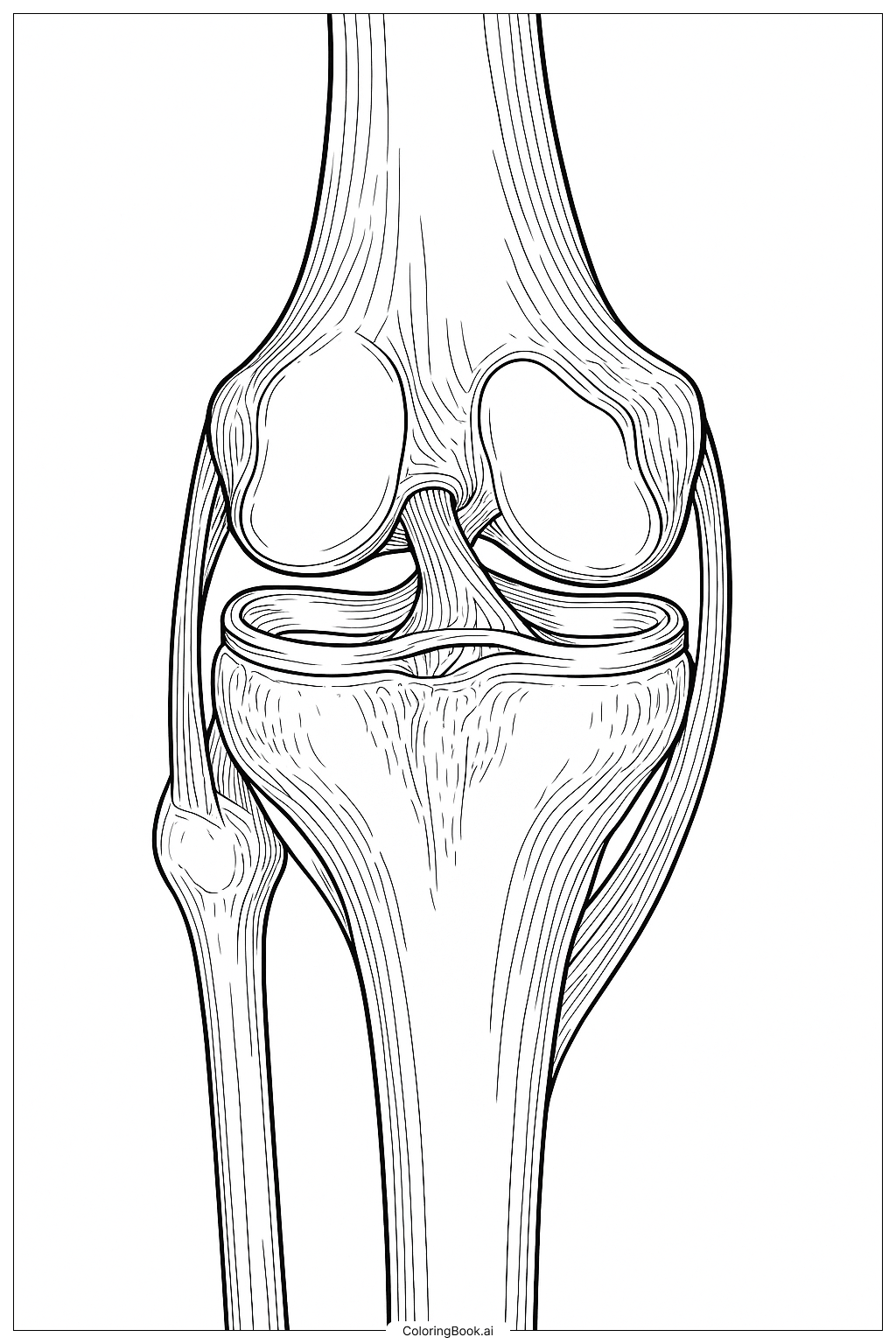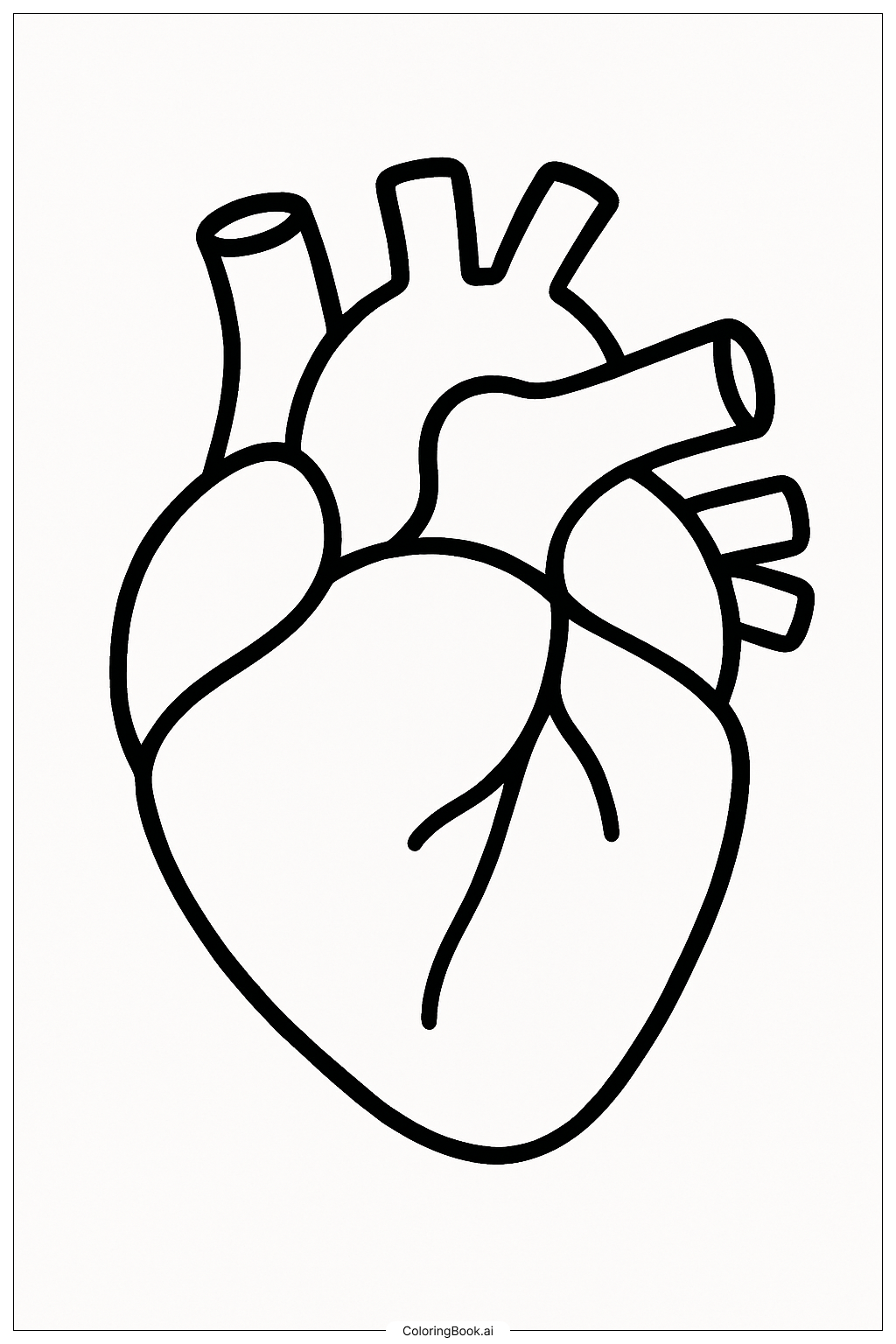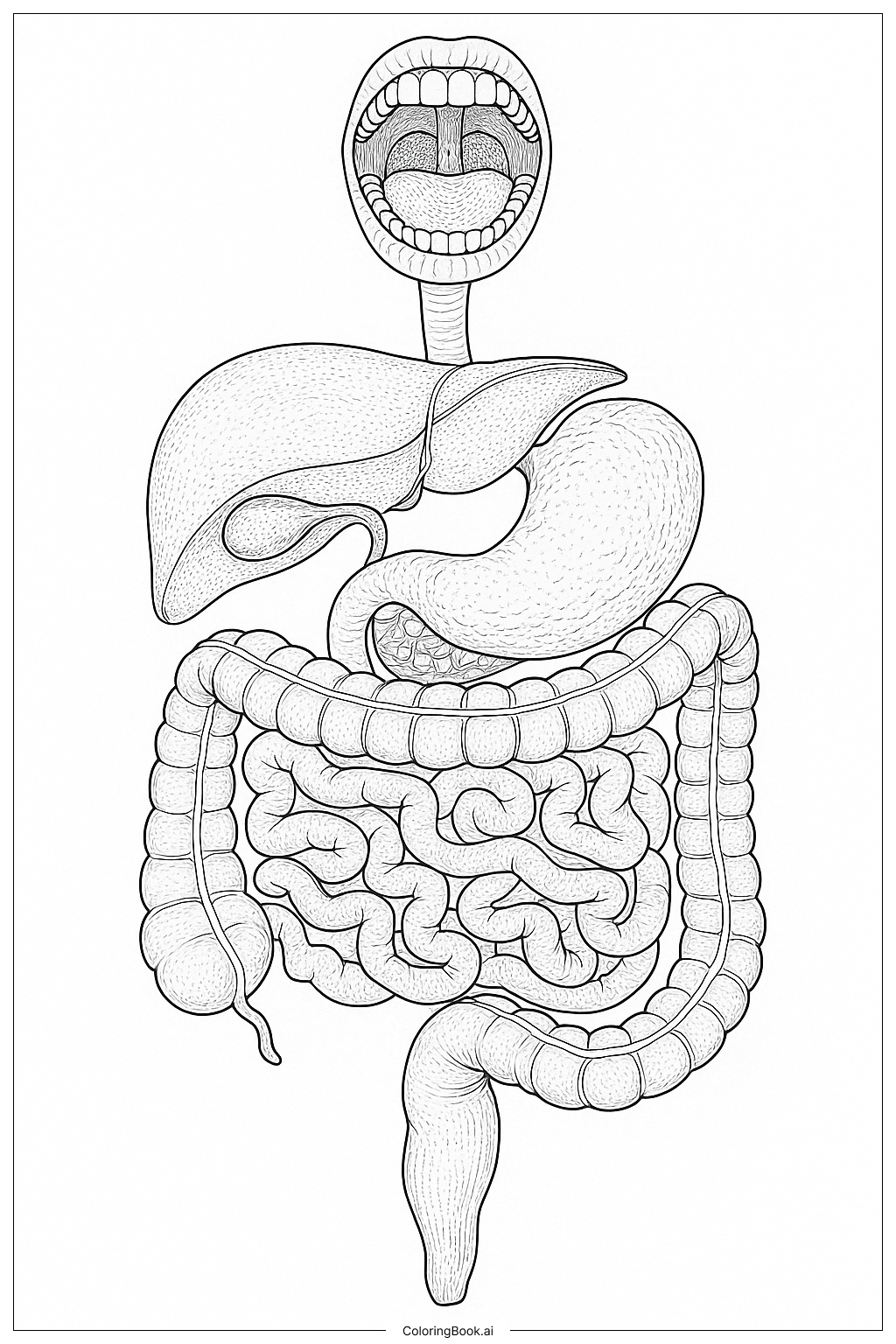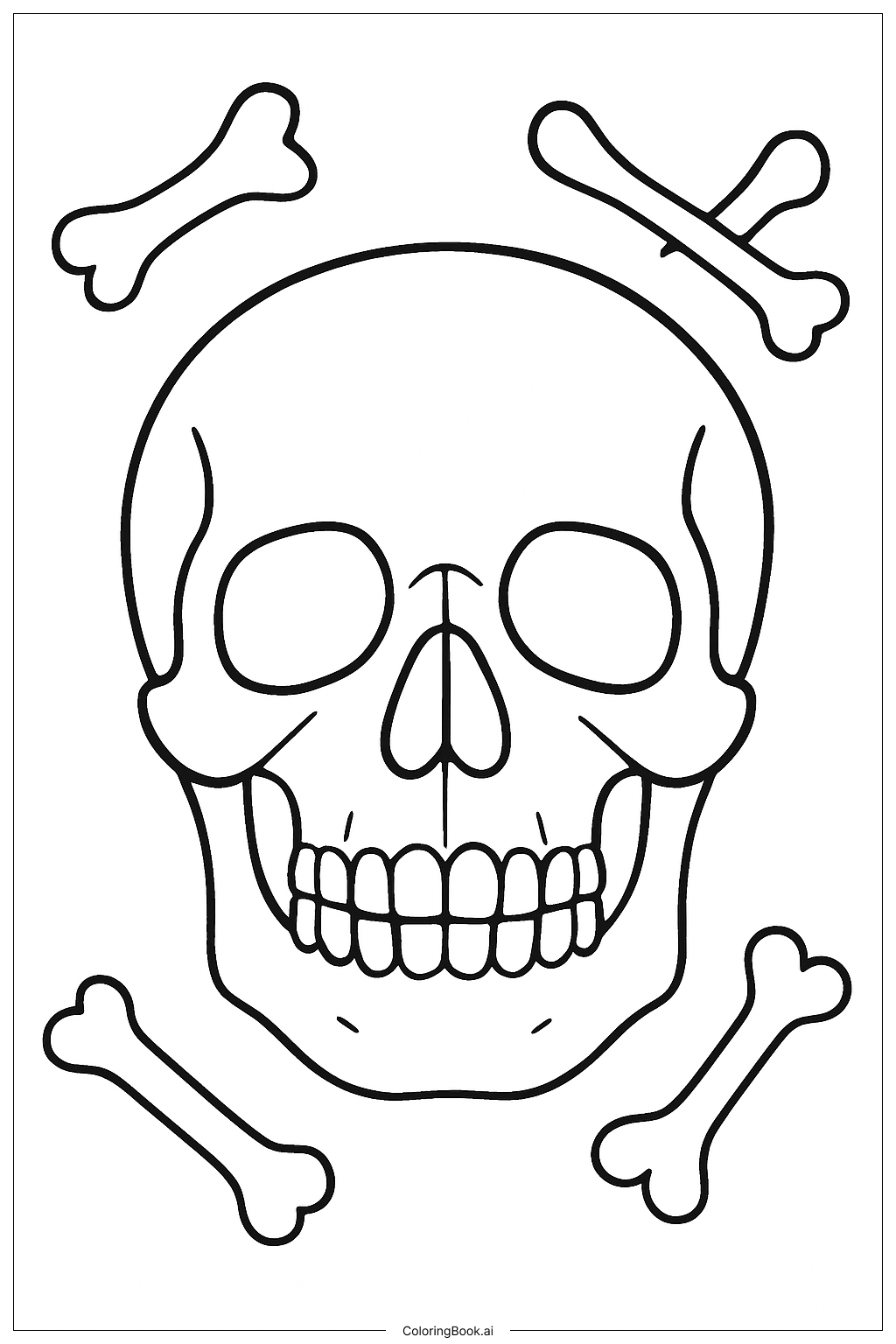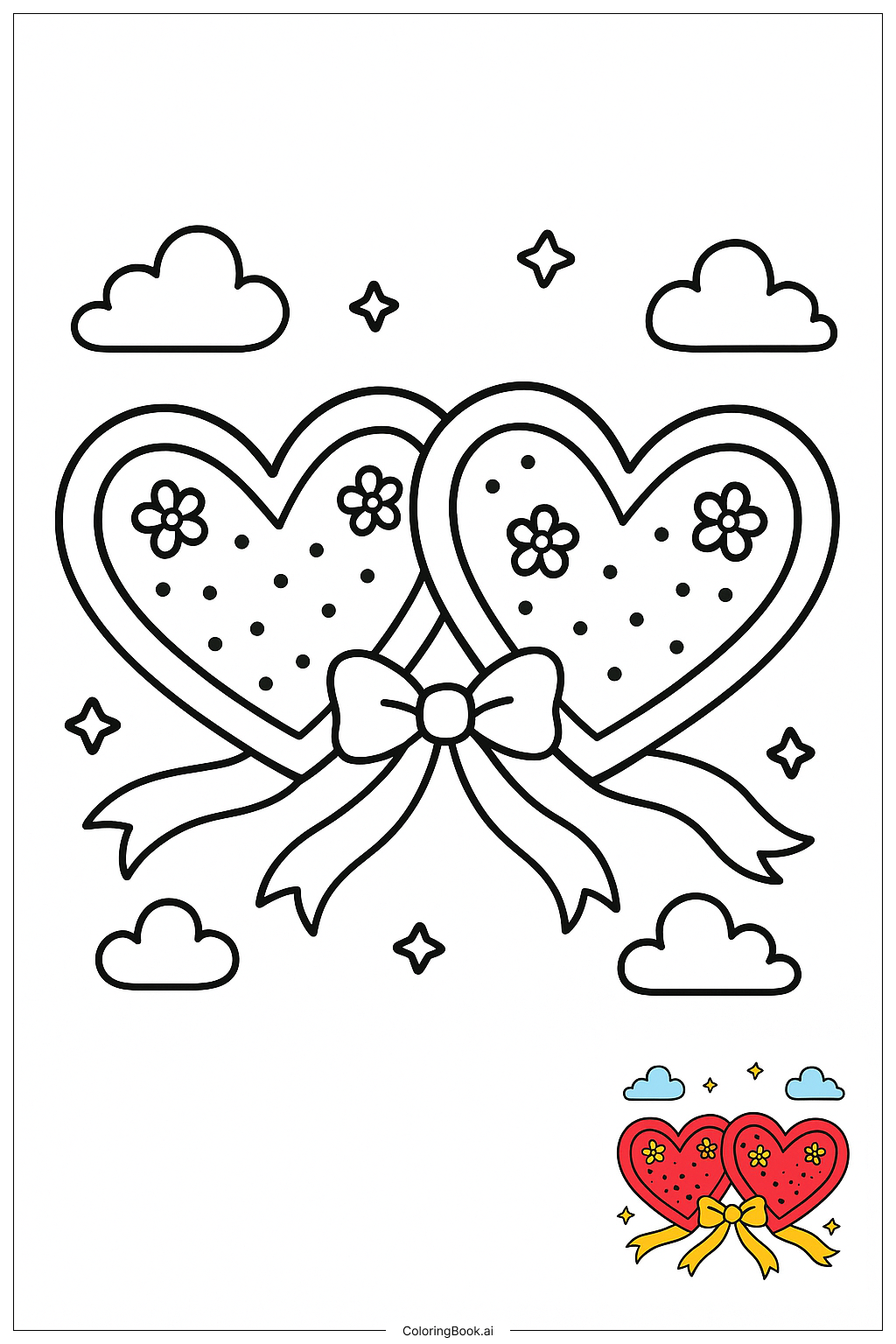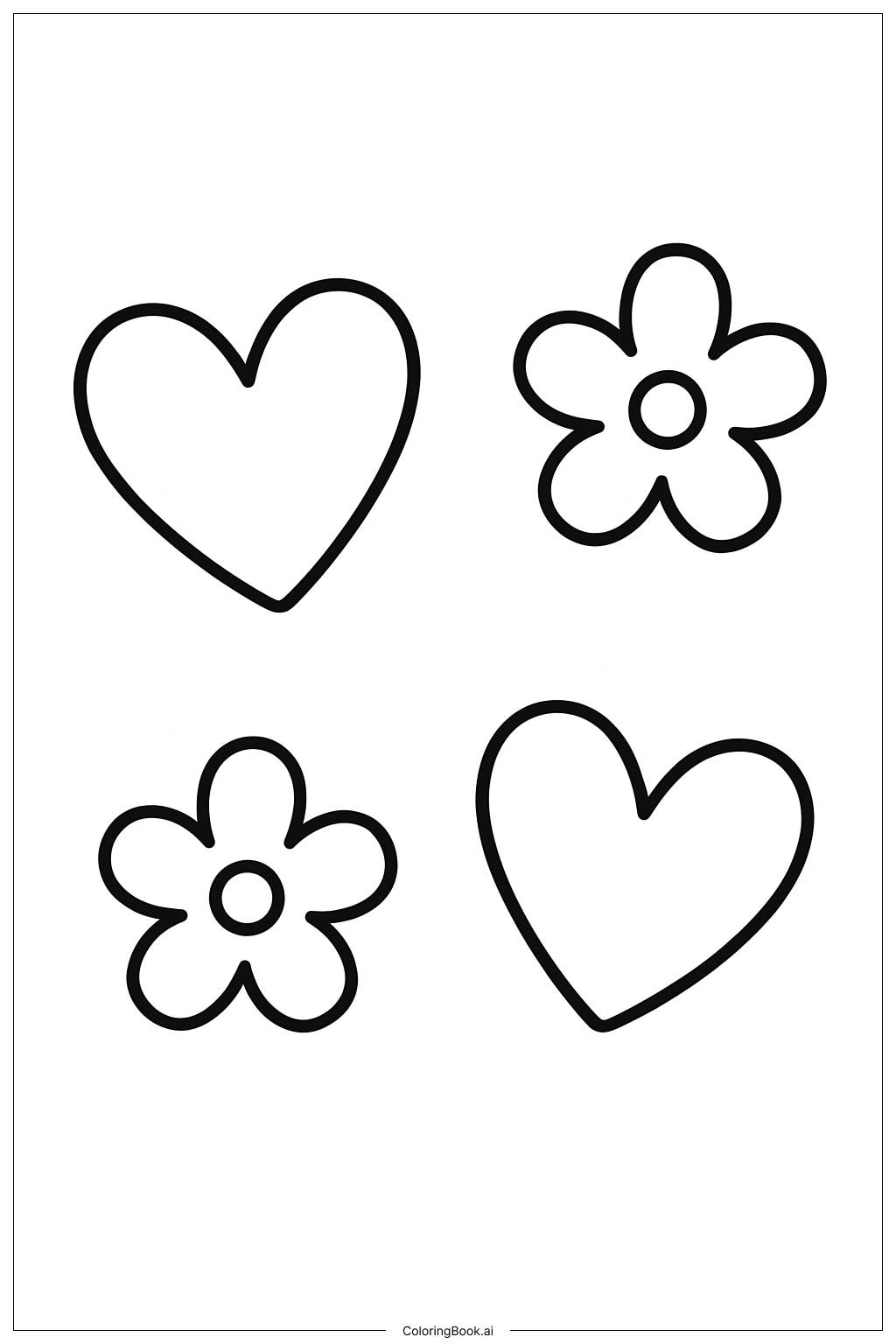Coloring tips: How to color Anatomy Of The Knee Joint coloring page well?
Use different colors to highlight the bones, ligaments, and meniscus. For example, color the femur, tibia, and fibula in light beige or gray shades. Use a different color like blue or green for the meniscus to show its distinct role. For the ligaments, pick bright colors such as red or orange. Try using soft colors for the bones and brighter ones for the soft tissues. You can also add shading to show depth and make the picture more interesting. Take your time and color inside the lines carefully for best results.
Coloring challenges: Which parts are difficult to color and need attention for Anatomy Of The Knee Joint coloring page?
1. Thin Lines: Some of the ligaments and small parts have very thin lines, which can be hard to color without going outside the lines.
2. Small Areas: Areas like the meniscus and ligaments are smaller and need careful coloring to keep them clear.
3. Different Textures: The bones and soft tissues have different textures, so showing this difference with color can be challenging.
4. Layering: Overlapping parts such as ligaments over bones require careful coloring order to avoid mixing colors.
5. Detail Work: The image has many detailed lines that require patience and focus to color neatly.
Benefits of coloring books: Advantages of drawing Anatomy Of The Knee Joint coloring page
Coloring this knee joint anatomy picture helps you learn about how the knee works. It improves your focus and hand-eye coordination as you color carefully inside the lines. You also develop an understanding of the body by seeing the parts in detail. Coloring different parts in separate colors makes it easier to remember their names and functions. This activity boosts creativity while also teaching science in a fun way.
